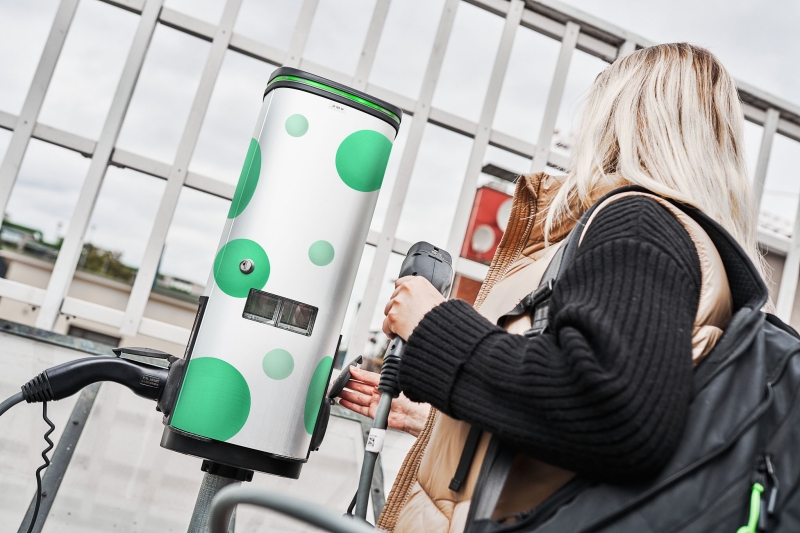The company aims to plan its operations to be as low carbon as possible in order to reduce the total carbon footprint.
What is a carbon footprint?
The carbon footprint refers to the climate emissions that are generated as a result of human actions and deeds in a certain period. A company’s carbon footprint maps the greenhouse gas emissions arising through its activities. Carbon footprint formation depends on the company’s actions. That’s why a company’s carbon footprint is always calculated on a case-by-case basis. In the calculation the emissions are reported as carbon dioxide equivalents, of which the abbreviation CO2 equivalent (CO2 e) is used. It reflects different greenhouse gases modified for global warming effect corresponding the effect of carbon dioxide in the atmosphere.
Calculation is based on GHG Protocol standard
The carbon footprint calculation method used in this work is based on GHG Protocol standard which allows companies to calculate their operations greenhouse gas emissions. According to the instructions the emissions are sorted into three different dimensions.
Scope 1: direct emissions
irect emissions are generated by journeys made with company-owned or leased vehicles, and emissions from refrigeration equipment in some few premises.
Scope 2: Indirect purchasing energy emissions
Oma Savings Bank has premises where electricity, district heating and long distance cold are purchased. The emissions generated by these purchasing energies fall under this scope. OmaSp is able to indirectly influence purchasing energy emissions through its energy choices. In practice, the company has the potential to influence only the purchase of electricity.
Scope 3: Indirect value chain emissions
Oma Savings Bank's indirect value chain emissions arise indirectly during the entire chain of operations of the company. The most essential missions arise from purchased products and services, business travel and commuting, and waste generated. In addition, emissions from investments such as finance, funds and real estate investments fall into this category.
OmaSp’s carbon footprint formation
Oma Savings Bank has identified the main climate impacts of its operations and defined the preliminary measures that will help the company to minimise its climate impacts.
Climate emissions are mainly indirect emissions that we cannot directly influence. These include purchased products and services, business travel and employee business travel. Indirect emissions also include emissions from investments such as finance, funds and investments. Oma Savings Bank’s goal is to increase the transparency of responsible investment in its funds and, through this, promote sustainable economy and minimise the carbon footprint of its investments.
